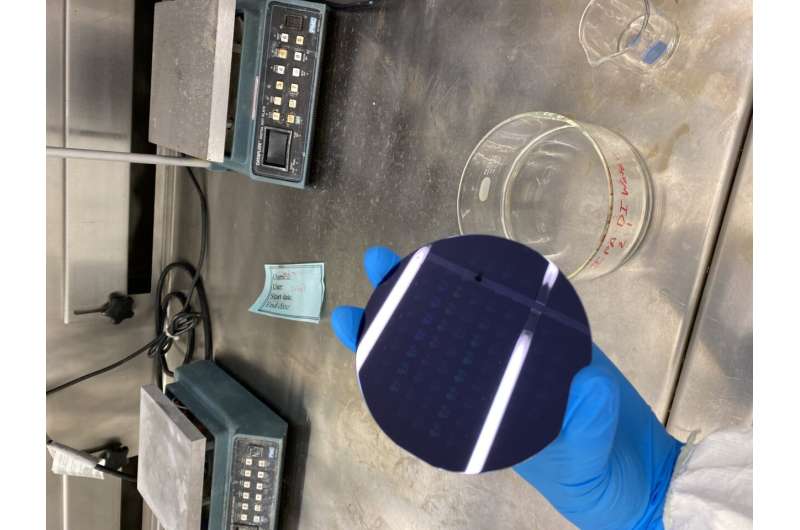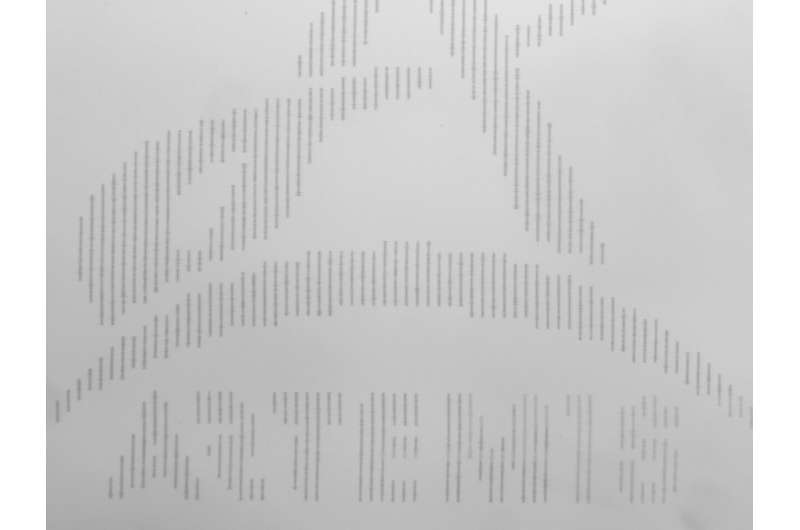And he had a little surprise in store for NASA.
"I figured out how to do this so quickly that I decided to position the names so when you see it, it looks like the NASA logo, the Artemis logo and the European Space Agency logo," said Long. "Each logo is made of those 30,000 names."

The names include those from NASA, the European Space Agency, industry partners and suppliers who have contributed to the Artemis program by building hardware, developing systems and supporting mission operations. Similar microchips have flown on other NASA missions as part of outreach campaigns that allowed the public to fly their names in space, including Orion's Exploration Flight Test-1 and NASA's Perseverance Mars Rover.
The 8mm x 8mm microchips will be packed in the Orion capsule's storage area for its unmanned test flight around the moon. NASA has set three tentative launch dates of Aug. 29, Sept. 2 and Sept. 5. When the spacecraft returns to Earth, the microchips will be given to key program stakeholders in the U.S. and Europe as a memento of the historic mission and an expression of gratitude for all of their hard work.

Long hopes this project raises the visibility of the UH nanofabrication facility and brings the world of nanoscale research and engineering to a larger audience. His team of scientists, engineers and technicians provides a wide range of services and support to ensure anyone can use the lab and succeed.
"It's not just microchips were making here," Long said. "We have people working on solar cells, sensors for cancer diagnostics, microscopic electronic and mechanical devices, biocompatible materials and superconductor materials. There's a really wide application for this technology with no limit on the creativity of the person using it."



